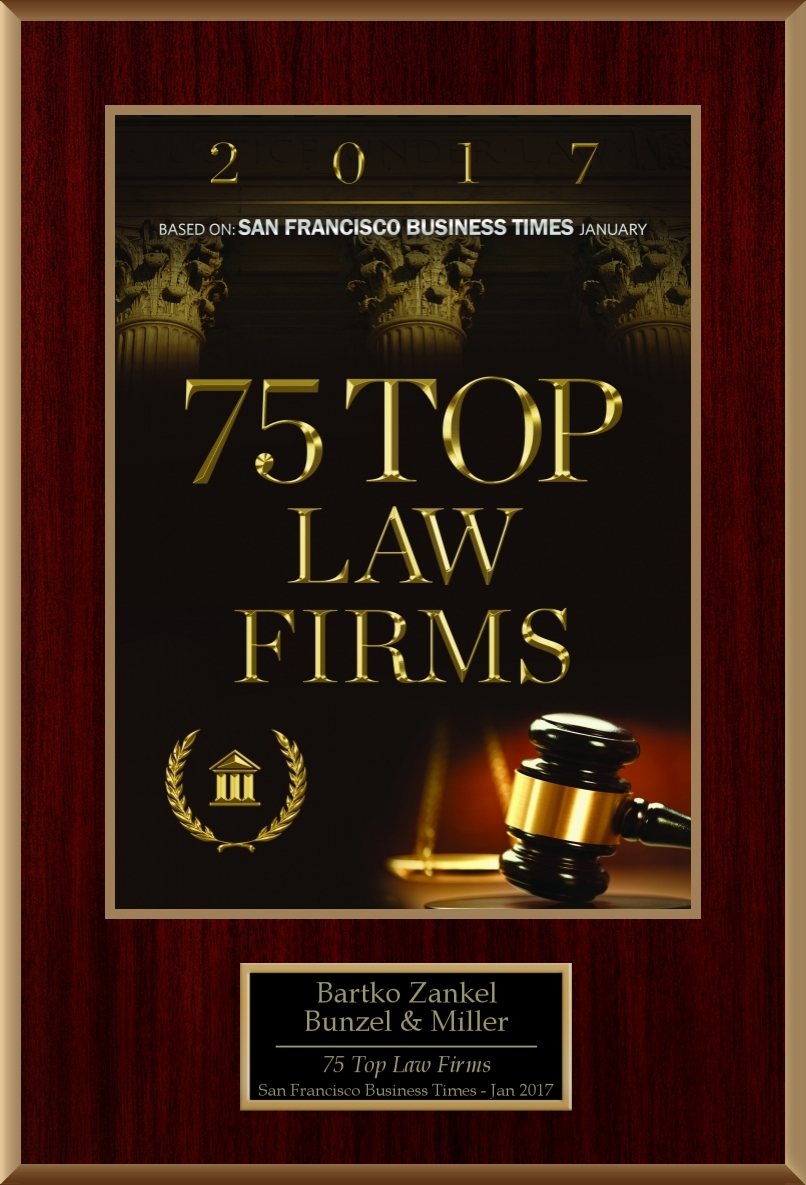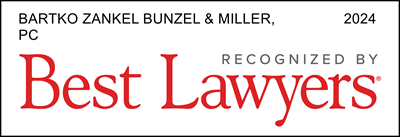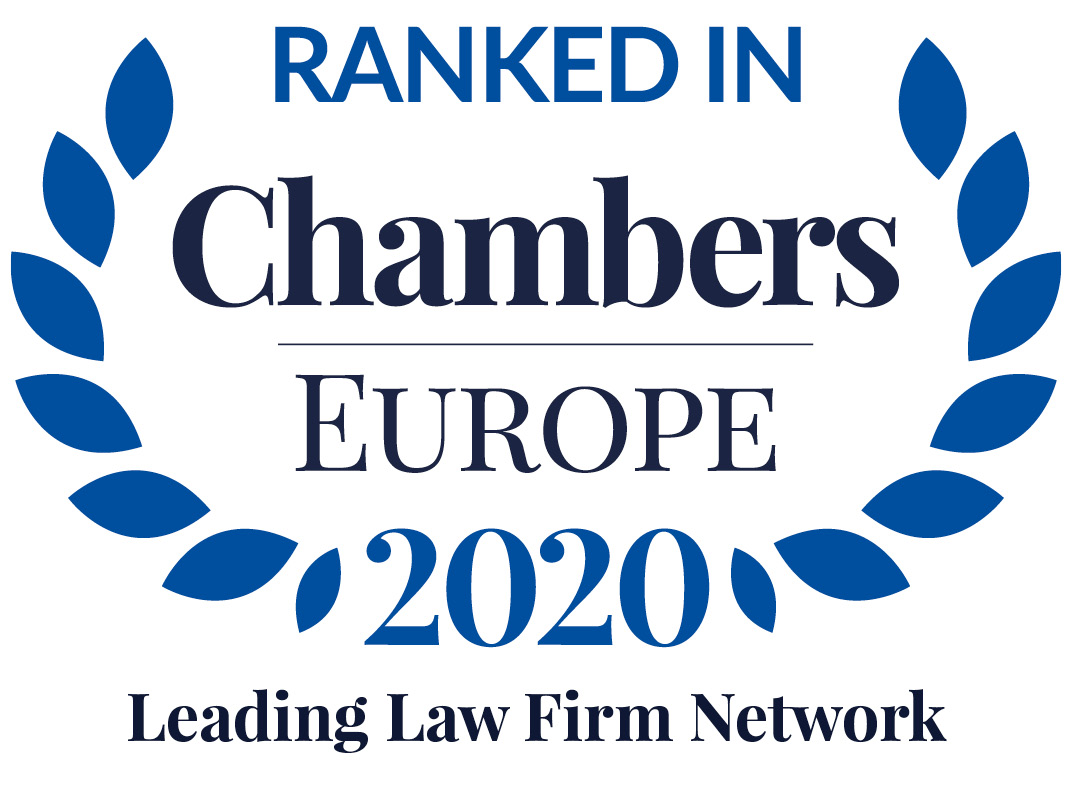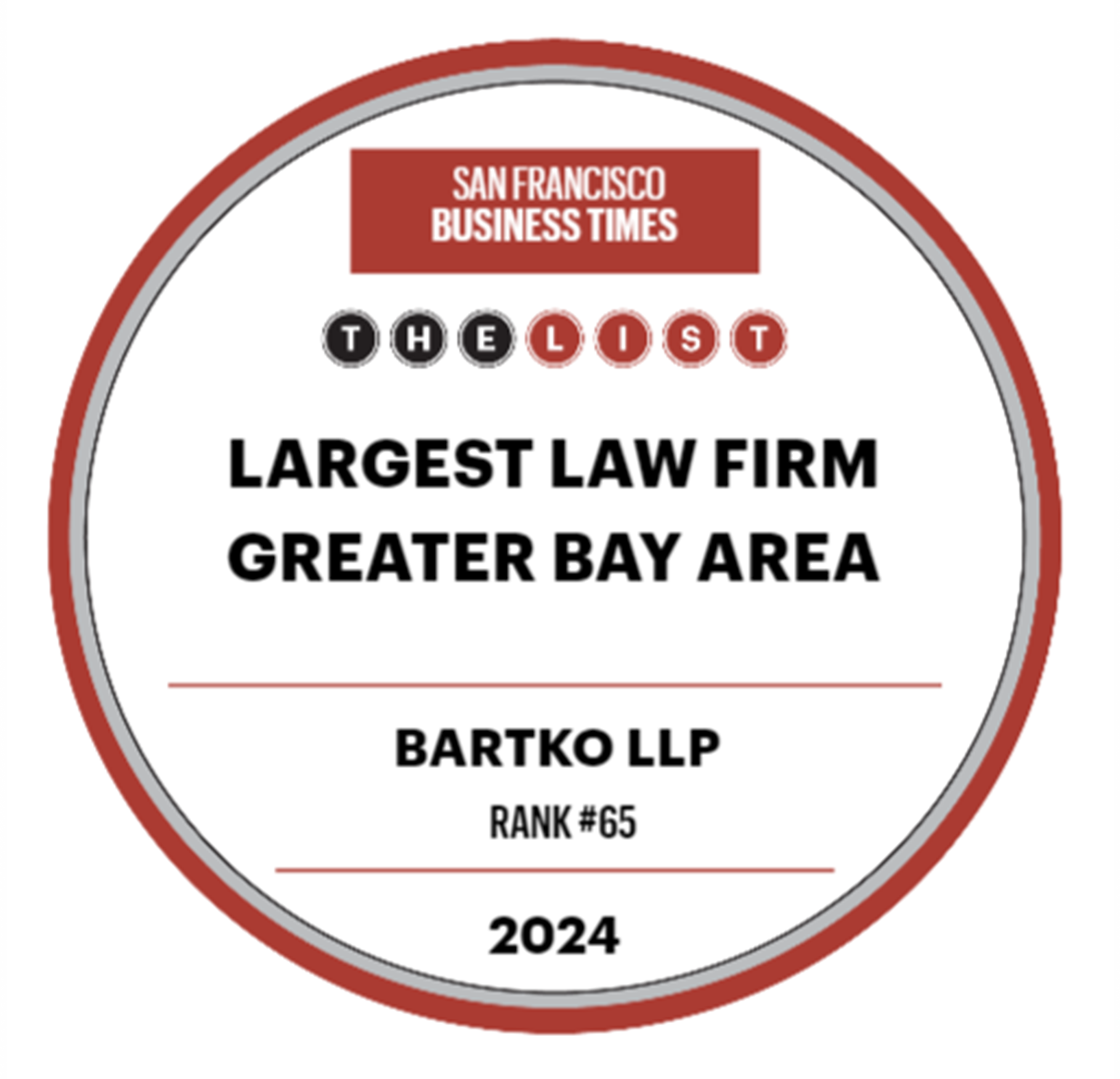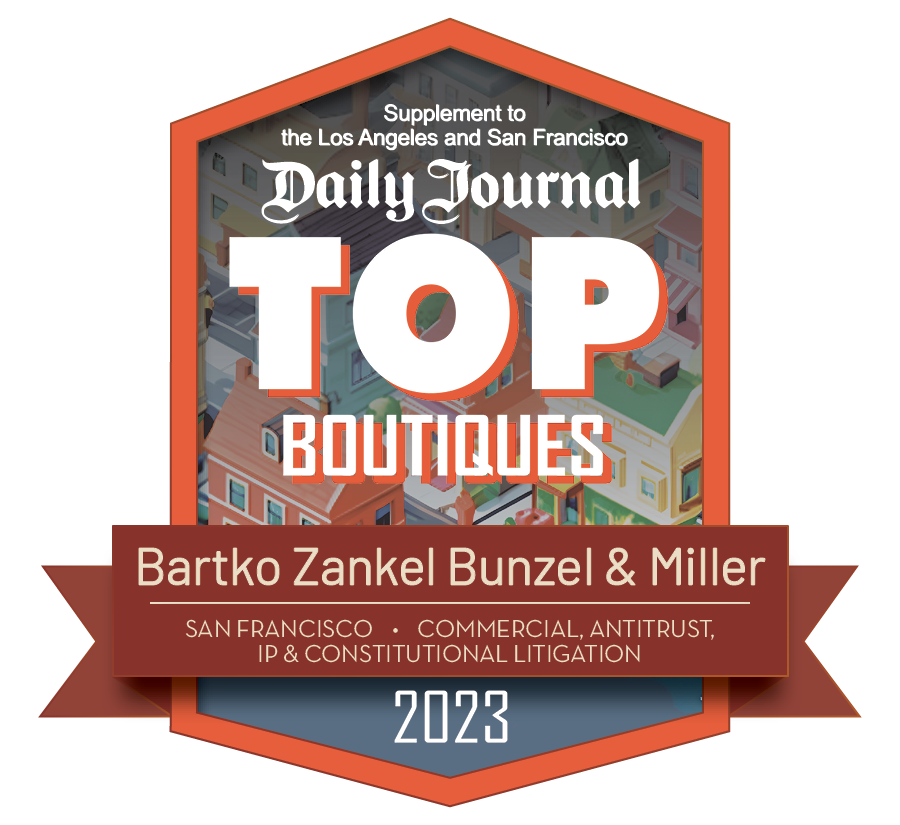BARTKO FIRM OBTAINS $845,114,000 JUDGMENT FOR ASML AGAINST XTAL, INC.
On Friday, May 3, 2019, a Santa Clara County Superior Court judge entered judgment in favor of ASML US, LLC and against XTAL, Inc. in the case ASML US, Inc. v. XTAL, Inc., Santa Clara Superior Court Case No. 16-CV-295051, in the amount of $845,114,000.00. The entry of judgment finalizes the verdict returned by the jury on November 28, 2018, in favor of ASML on all five claims pleaded by ASML in its Third Amended Complaint against XTAL for theft of trade secrets, inducing former employees to breach their contracts with ASML, aiding and abetting former employees to breach their fiduciary duty of loyalty to ASML, and multiple violations of California’s Computer Data Access and Fraud Act (Cal. Penal Code Section 502). The jury also found that XTAL’s conduct as to all counts was malicious, entitling ASML to an award of punitive damages on all counts and attorneys’ fees on its Penal Code and trade secret claims. ASML’s trial team from Bartko was led by Patrick M. Ryan, and he and Stephen Steinberg, Sean McTigue, and Brian Smith examined witnesses and gave argument during the trial, supported by attorneys Andrew Winetroub, Joseph Fraresso, Alden Lee, Rishi Gupta, and Chad DeVeaux. Patrick Ryan, Sean McTigue, and Richard Lapping of Trodella & Lapping LLP represented ASML’s interests in XTAL’s bankruptcy proceedings initiated just before judgment was about to be entered.
XTAL was founded in 2014 at least in part by two former ASML employees, who had worked in ASML’s Brion division, which is a leader in the computational lithography space. XTAL had significant financial backing from a consortium of wealthy international investors. While ASML was originally told that XTAL’s business did not include computational lithography, in fact, XTAL’s business not only encompassed computational lithography, but it unlawfully capitalized on ASML-Brion’s innovations in the field. As argued by Patrick Ryan at trial, “This case [was] about complicated software and hardware. But it [was] more about lies, theft, and betrayal.”
The lawsuit alleged that XTAL induced ASML employees to secretly work for XTAL, steal trade secrets and other confidential information, and help XTAL obtain a lucrative contract with one of ASML’s largest customers. XTAL then used the stolen information to jumpstart its competing computational lithography business, accelerating its development well beyond what would have otherwise been possible.
With this judgment, ASML demonstrates its commitment to protecting its intellectual property. In fact, XTAL’s lawyer tried to defeat ASML’s trade secret claim by arguing that ASML did not make reasonable efforts to protect its trade secrets. But ASML presented overwhelming evidence of the numerous steps ASML took to protect its trade secrets and other confidential information, including expert opinion evidence that ASML’s security measures are better than many Silicon Valley technology companies. The jury agreed with ASML, expressly finding that, as to all of ASML’s trade secrets: “ASML made reasonable efforts under the circumstances to keep those items secret.”
Patrick M. Ryan reacts to the judgment, stating: “ASML’s $845 million judgment against XTAL sends a powerful message to competitors and the world that ASML vigorously protects its valuable intellectual property, including trade secrets, and that it is prepared to prosecute cases—even through a jury trial—against anyone who violates ASML’s intellectual property rights.”
Bartko, on ASML’s behalf, presented a groundbreaking damages theory contending that XTAL was unjustly enriched by the amount of research and development it saved by virtue of the trade secret theft and other wrongful actions. This theory has the advantage of not requiring a showing of any out-of-pocket losses and instead focuses on how much the defendant would have spent had it developed the technology without stealing it. Pursuing such a theory allows plaintiffs to go after significant damages from thieves who have stolen trade secrets, but have not yet had time to fully monetize what they took. In the end, while the jury did award $1.2 million in investigation costs, ASML did not claim much in the way of out-of-pocket damages; rather, saved research and development was the primary driver behind the jury’s verdict and the $845 million judgment. The judgment will be largely uncollectable, but ASML will end up owning most, if not all, of XTAL’s IP through the bankruptcy process.
In addition to the $845 million judgment, the trial court issued an injunction barring XTAL from continued work in the same field of business as ASML for a certain period of time.
See attached Daily Journal and The Recorder articles.



